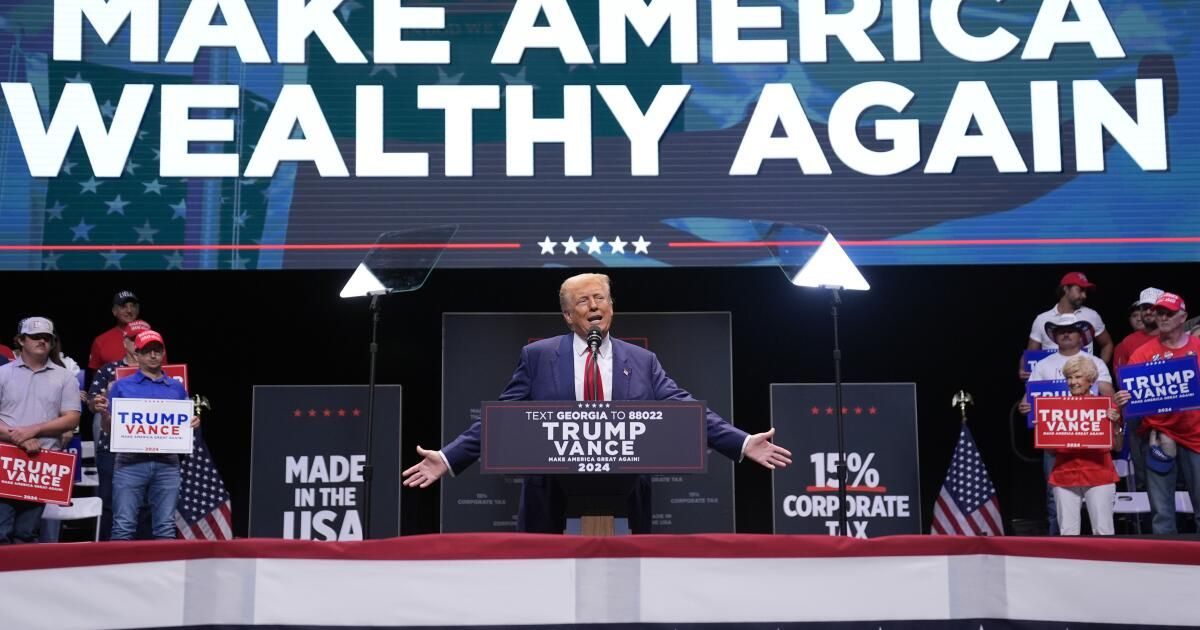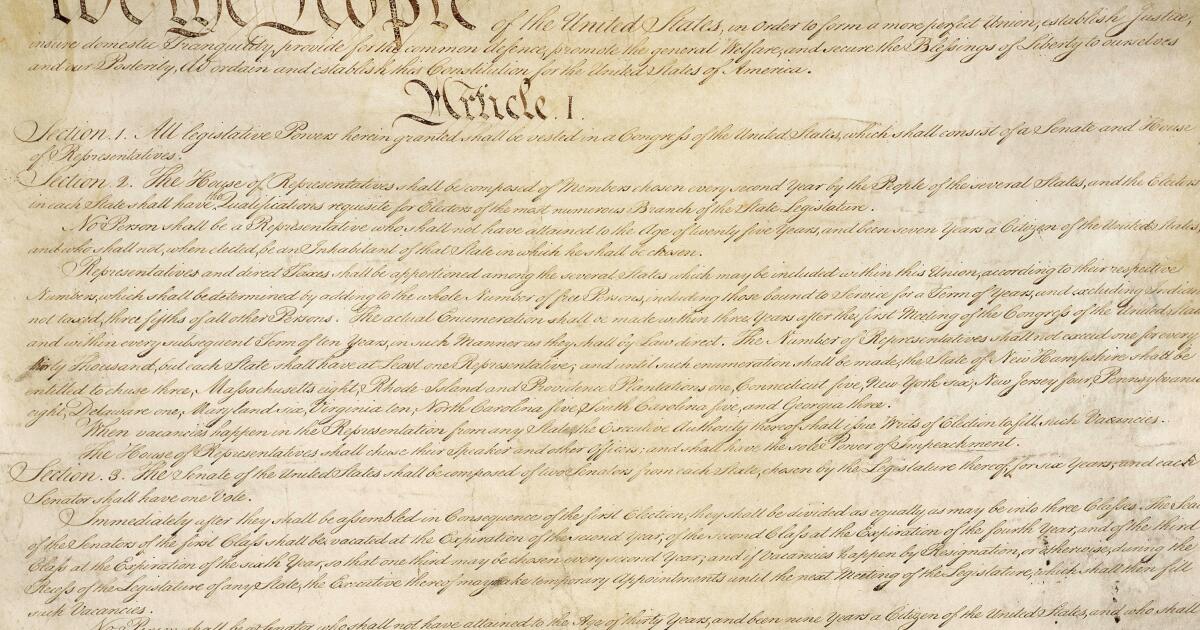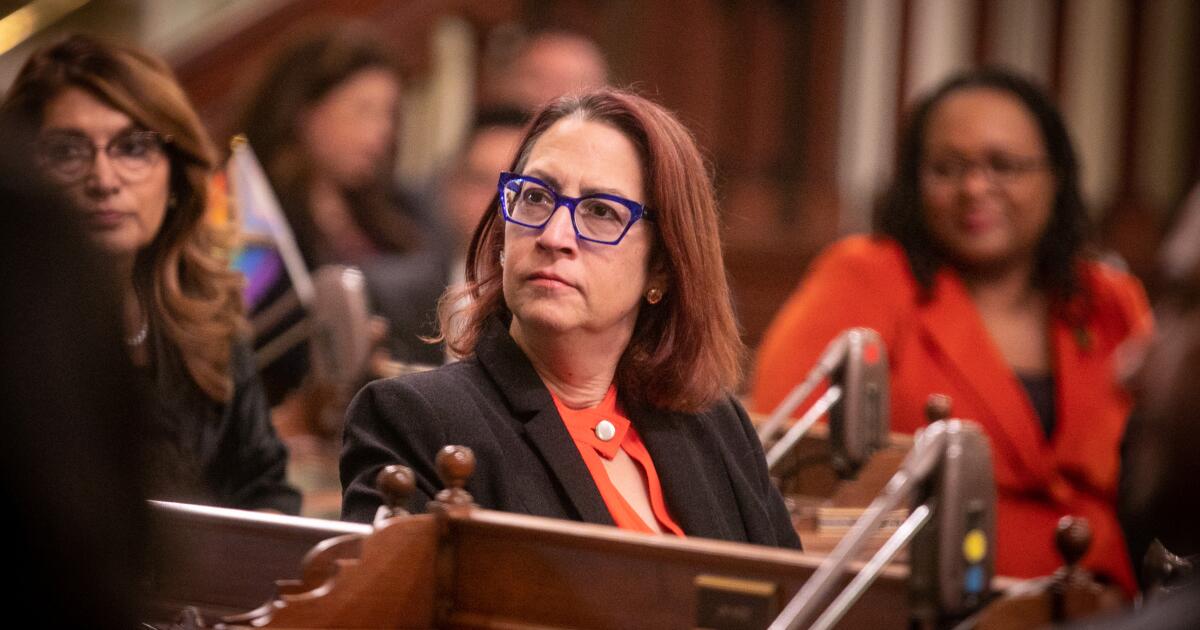The tax cuts promulgated under the first Trump administration expire largely at the end of 2025. President Trump and his Republican companions are eager to extend them, but doing without concurrent expenses cuts would increase the deficits by more than $ 5 billion up to 2035.
How could the political leaders pay for extending the 2017 tax cuts? Several sources Suggest that the new administration is considering broad cuts for expenses programs, including Medicaid and the supplementary nutritional assistance program, also known as SNAP or food coupons. This one would leave almost all low -income households, as well as many middle and high income households, worse.
Worse, the distribution of extended cuts would be quite regressive. Only 1.7% of the benefits would go to 20% lower of homes by income, compared to almost 65% with the upper quintile and more than 23% to 1% higher. Average tax savings for the lower quintile would be only $ 130 per year, compared to $ 70,000 per year for 1%higher. And the super rich, the higher 0.1% would enjoy an average annual fiscal savings of more than $ 275,000.
Estimates of the Urban-Brookings Fiscal Policy Center Microsimulation model Illustrate these effects. If an extension of the tax cuts were financed by reducing federal assistance equally in homes, more than three quarters of families would be worse. In the two lower income quintiles, more than 99% of households would be worse, facing an average annual tax increase of $ 1,515. Even in the fifth middle, 76% of households would be worse.
And if expenses are aimed at safety network programs such as those that the administration is looking, as opposed to the most general expenses cuts, poor households will hurt even more. Even if expenses were proportional to household income, 63% of households would be worse.
Defenders of tax cuts often argue that promote economic growth and help everyone through the income spectrum. However, a recent Congress Budget Office Analysis He discovered that extending the expired income tax provisions would produce only a small short -term increase in the gross domestic product. After only four years, increasing the federal budget deficit, the cuts would lead to slightly lower GDP growth that if they were allowed to expire.
Meanwhile, several recent analysis From decades of policy in the rich nations of the Organization for Economic Cooperation and Development, it found that cutting taxes for the rich does not have a significant effect on economic growth. But exacerba significantly income inequality.
Now we have extensive evidence That investing in health, nutrition and other children's resources pay for long -term dividends, both directly affected and economy in general. That suggests that Congress should allow tax cuts to expire and invest in programs that serve children and low and medium income families. To renew the 2017 tax cuts and finance them with expense cuts is the correct policy only if the “problem” is that the poor are not poor enough and the rich are not rich enough.
William Gale is co-director of the Urban-Brookings Fiscal Policy Center and was the main economist of the Council of Economic Advisors of President George Hw Bush.












